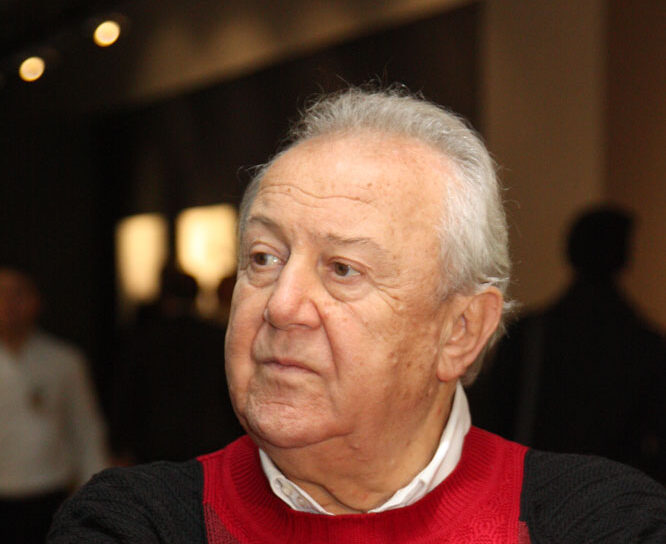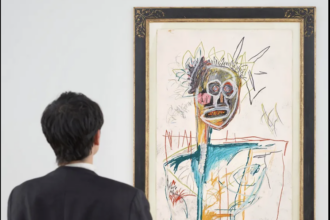Zurab Tsereteli, a prominent Georgian-Russian sculptor, died early on Tuesday at the age of 91. His assistant Sergei Shagulashvili said that Tsereteli suffered cardiac arrest. Tsereteli was born on January 4, 1934, in Tbilisi, which was part of the Soviet Union at the time.
He became an art director with the Soviet Foreign Ministry in the 1970s, traveling the world and decorating Soviet embassies. In 1989, a monument designed by Tsereteli was erected in London. In 1990, another one was unveiled in front of the United Nations headquarters in New York.
After the Soviet Union collapsed in 1991, Tsereteli moved to Moscow and built a rapport with then-mayor Yuri Luzhkov. The relationship guaranteed him regular and lucrative commissions. He designed several squares and two metro stations in central Moscow.
Tsereteli put up a dozen massive monuments around the city, including the gigantic 94-meter (310-foot) tall statue of Peter the Great on the Moscow River. The statue was often criticized for its disproportionate size and debated aesthetics.
Zurab Tsereteli’s enduring legacy
Throughout his career, Tsereteli maintained a significant presence in the international art scene, earning accolades and criticism alike. His work combined traditional and modernist elements, aiming to evoke strong public responses. Despite controversies, Tsereteli was awarded numerous honors, including the Hero of Socialist Labor in 1999.
He served as the president of the Russian Academy of Arts. Tsereteli’s enormous constructions can be found in cities around the globe, including a monument to Christopher Columbus in Seville, Spain, and the Chronicle of Georgia monument in his hometown of Tbilisi. They also include the ten-storey Tear of Grief monument, commemorating victims of the 11 September 2001 attacks, which stands in New Jersey.
It was presented to the US by the Russian government. Another sculpture, Good Defeats Evil, sits at the UN Headquarters in New York. It depicts St George slaying a dragon, which lies among broken fragments of US and Soviet missiles.
Tsereteli was also a painter, notably of flowers, and an architect who took a key role in reconstructing Moscow’s Cathedral of Christ the Saviour. He will be remembered for his expansive and often divisive contributions to the world of art, having left a mark on cities across the globe.













